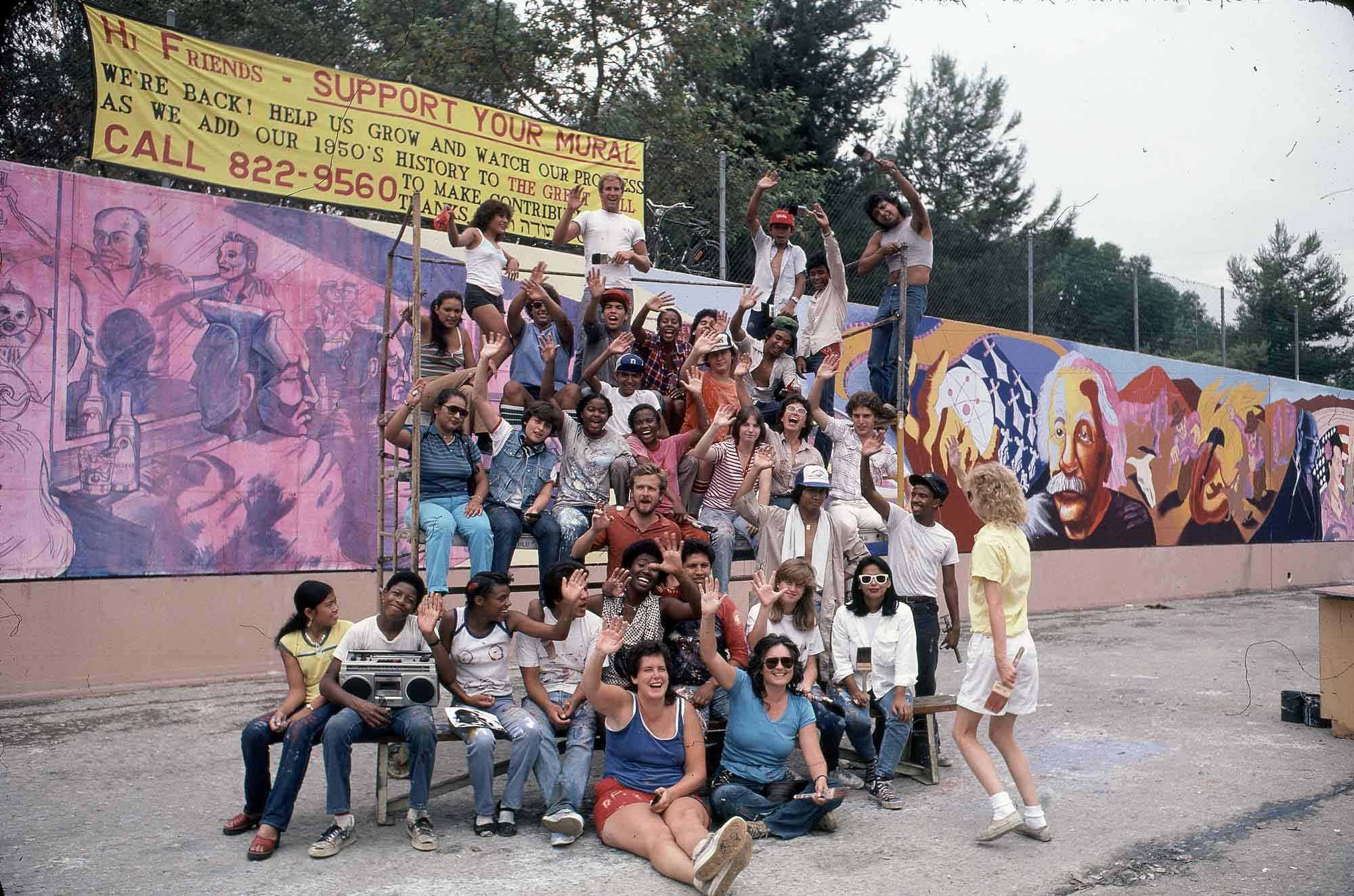


“I dreamed of a tattoo on the scar where the river once ran as a metaphor for healing our city’s divisions of race and class… the concreting of the river was an act of violence against the earth and healing was needed for both the river and the people.”
-Judy Baca
The Great Wall of Los Angeles is located on the ancestral and unceded territory of the Siutcavitam, the first people of the village Siutcanga. We honor their elders, past and present, and the descendants who are citizens of the Fernandeño Tataviam Band of Mission Indians. We recognize that the Suitcavitam are still here, and we are committed to lifting up their stories, culture, and community.

The river, once rich with vegetation and animal habitats, sustained life and Indigenous lifeways prior to colonization and contributed to diverse ecosystems. After devastating floods in 1914, 1934, and 1938, the Los Angeles County Flood Control District and the U.S. Army Corps of Engineers began the concreting of the Los Angeles River. Virtually every arroyo along the 51-mile stretch of the Los Angeles River and its tributaries like the Tujunga Wash have been concreted. This concretized scar limits the groundwater basin, rapidly moves pollutants and debris to the ocean, restricts access to the river, and alters people’s relationship to these once-natural waterways.











BUILDING COMMUNITY
